With DDR5 becoming more mainstream, discuss whether users should consider upgrading their motherboards to support the new memory standard.
Explore the key differences between DDR5 and DDR4 memory in our 2024 motherboard upgrade guide. Find out if upgrading your motherboard is worth it, with insights on performance, compatibility, and future-proofing your PC build.
DDR5 vs. DDR4: Do You Need to Upgrade Your Motherboard in 2024?
Table of Contents
As technology continues to evolve at a rapid pace, the question of whether you should upgrade your motherboard to support the latest advancements in computer hardware is more relevant than ever. In 2024, one of the most significant considerations for PC builders and upgraders is whether to stick with DDR4 memory or make the leap to DDR5. With DDR5 offering new levels of performance, efficiency, and future-proofing, the decision is not as straightforward as it might seem. In this article, we’ll explore whether you need to upgrade your motherboard to support DDR5, the key differences between DDR5 and DDR4, and how to decide if the switch is right for you.
| Criteria | DDR5 | DDR4 |
|---|---|---|
| Performance | It does offer higher speeds and bandwidth, which can result in better performance for certain applications, though it has higher latency compared to DDR4. This is accurate and reflects the differences between the two memory types. | It has lower latency, which can be beneficial in some scenarios, but overall, its performance is becoming more limited as newer applications and hardware push for more advanced memory solutions. |
| Power Efficiency | Operates at a lower voltage and includes features like PMIC, making it more power-efficient than DDR4. This is accurate and correctly identifies the benefits of DDR5 in terms of efficiency. | Slightly less efficient, which is true when comparing it to DDR5. |
| Compatibility | Requires new motherboards and CPUs that support this technology, which is a key consideration for those thinking of upgrading. This is accurate. | Widely compatible with existing systems, but may face obsolescence as DDR5 becomes the norm. This is also correct. |
| Cost | Currently more expensive due to its newness and advanced features. However, prices may decrease over time as it becomes standard. This is accurate. | Generally more affordable, which is correct but could face price drops or scarcity as manufacturers transition to DDR5. |
| Availability | While increasingly available, high-end modules can still face supply issues, which is accurate based on current market conditions. | Readily available now but may see reduced availability as the industry shifts focus to DDR5. This is a reasonable expectation. |
| Future-Proofing | Future-proof and expected to become the standard in new builds, which is accurate. | Less future-proof, as it will eventually be phased out, which is a correct assumption. |
| Use Case Suitability | Ideal for demanding users who need the latest technology, like content creators and overclockers. This is correct. | Still suitable for general use and gaming, but with limited future-proofing, which is also correct. |
Conclusion :
Balanced view of the pros and cons of DDR5 vs. DDR4, providing useful insights for anyone considering whether to upgrade their motherboard in 2024.
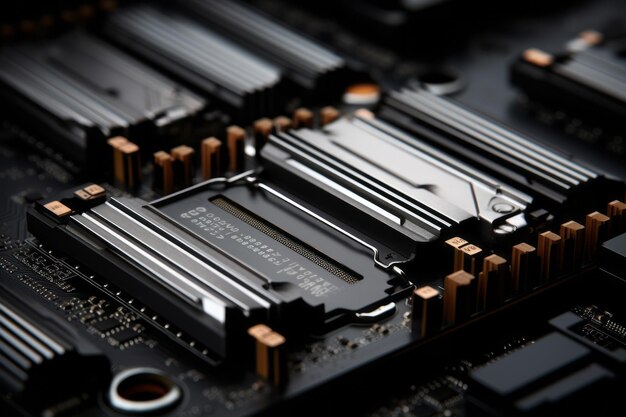
1. Understanding the Basics: What Are DDR4 and DDR5?
Before diving into whether you should upgrade your motherboard, it’s essential to understand the basic differences between DDR4 and DDR5.
DDR4, which has been the industry standard since its introduction in 2014, has served as the backbone of most modern PC builds. It offers speeds ranging from 2133 MHz to 3600 MHz or higher, with relatively low latencies and a proven track record of reliability. It’s compatible with a wide range of motherboards and CPUs, making it a versatile and accessible option for both gamers and professionals.
On the other hand, DDR5 is the latest iteration of DRAM technology, launched in 2020. It promises significant improvements over DDR4, including higher bandwidth, faster speeds (starting at 4800 MHz and going up to 6400 MHz and beyond), and enhanced power efficiency. DDR5 also introduces features like on-die ECC (Error Correction Code) and a built-in PMIC (Power Management Integrated Circuit), which contribute to its superior performance and reliability.
The transition from DDR4 to DDR5 isn’t just about the memory itself; it also involves whether you should upgrade your motherboard to accommodate this new technology. Let’s explore the performance benefits and compatibility issues to help you decide if an upgrade is necessary.
2. Performance Comparison: DDR5 vs. DDR4
When considering whether to upgrade your motherboard, performance is likely the most critical factor. DDR5 is designed to deliver significant performance improvements over DDR4, but how do these benefits translate into real-world use?
Speed and Bandwidth
One of the most prominent advantages of DDR5 over DDR4 is its increased speed and bandwidth. While DDR4 operates at speeds of up to 3600 MHz (with some overclocked models reaching higher), DDR5 starts at 4800 MHz and can exceed 6400 MHz. This increase in speed means that DDR5 can handle more data per second, which is particularly beneficial for memory-intensive tasks like video editing, 3D rendering, and high-end gaming.
For users who demand the best possible performance, particularly in professional environments, the increased speed and bandwidth offered by DDR5 may be reason enough to upgrade your motherboard.
Latency
Latency, the delay before a transfer of data begins following an instruction, is another important consideration. DDR4 generally has lower latencies (e.g., CL16-18) compared to DDR5, which often starts at CL40. However, DDR5’s higher speed can help offset its higher latency, resulting in comparable or even superior performance in many scenarios.
For gamers and everyday users, the difference in latency might not be noticeable, but for those working with latency-sensitive applications, this could be a factor when deciding whether to upgrade your motherboard.
Power Efficiency
DDR5 operates at a lower voltage (1.1V) compared to DDR4 (1.2V), making it more power-efficient. The built-in PMIC on DDR5 modules allows for more precise power management, reducing overall power consumption and heat generation. This efficiency makes DDR5 a compelling choice for those looking to build energy-efficient systems or compact builds where heat management is critical.
For users focused on building a system that balances performance with power efficiency, the improved power management of DDR5 could be a key reason to upgrade your motherboard.
3. Motherboard Compatibility: What You Need to Know
One of the most critical aspects of upgrading to DDR5 is ensuring that your motherboard is compatible. DDR5 requires a different architecture than DDR4, meaning that not all motherboards will support it. If you’re considering an upgrade, it’s essential to understand the compatibility requirements and whether you’ll need to upgrade your motherboard to make the switch.
Socket and Chipset Requirements
The first thing to consider is whether your current motherboard supports DDR5. As of 2024, DDR5 is supported by specific chipsets and CPU families. For example, Intel’s 12th Gen Alder Lake CPUs introduced support for DDR5, but only certain chipsets like Z690, B660, and H670 offer DDR5 compatibility. Similarly, AMD’s AM5 platform, which was launched with Ryzen 7000 series CPUs, supports DDR5 exclusively.
If your current motherboard is based on an older chipset or doesn’t support DDR5, you’ll need to upgrade your motherboard to take advantage of this new memory standard.
Physical Compatibility
DDR5 and DDR4 memory modules are not physically interchangeable. DDR5 modules have a different pin configuration and voltage requirements, so they will not fit into a DDR4 slot, and vice versa. This means that even if your CPU supports DDR5, you’ll still need a compatible motherboard to use DDR5 memory.
This physical incompatibility makes it clear that if you’re planning to switch to DDR5, you’ll almost certainly need to upgrade your motherboard.
BIOS and Firmware Updates
Even if your motherboard technically supports DDR5, you may need to update the BIOS or firmware to ensure full compatibility and stability. Manufacturers frequently release updates to optimize memory support and performance, so it’s crucial to ensure that your motherboard is up to date before installing DDR5 memory.
Failing to update your BIOS could result in compatibility issues or suboptimal performance, reinforcing the importance of making sure that any upgrade your motherboard plans include checking for the latest firmware.
Overclocking and Memory Profiles
For users interested in overclocking, DDR5 offers enhanced capabilities through Intel’s XMP 3.0 and AMD’s EXPO profiles. These profiles allow for easy memory overclocking without manual tuning, offering a straightforward way to boost performance. However, not all motherboards support these profiles, so if overclocking is part of your upgrade plan, you’ll need to ensure that your motherboard supports these features or consider an upgrade.
4. Cost Considerations: Is It Worth Upgrading?
When deciding whether to upgrade your motherboard for DDR5, cost is a significant factor. DDR5 memory and compatible motherboards are generally more expensive than their DDR4 counterparts, and the overall cost of upgrading can add up quickly.
Price of Memory Modules
As of 2024, DDR5 prices have decreased from their initial launch premium but are still higher than DDR4. A 32GB DDR5 kit can cost 30% to 50% more than a similar DDR4 kit, depending on the speed and brand. This price difference can be a substantial consideration for those on a budget.
When calculating the total cost of upgrading, you’ll need to factor in the price of DDR5 memory in addition to any potential upgrade your motherboard expenses.
Motherboard Costs
Motherboards that support DDR5 are also generally more expensive than those that only support DDR4. For example, a mid-range Z690 motherboard with DDR5 support can cost significantly more than a similar DDR4 model. Depending on your needs, you might also need to consider other components, such as a new CPU or cooling solution, which can further increase the cost.
For those building a system from scratch, the decision to upgrade your motherboard to support DDR5 could represent a significant investment. However, for those who prioritize future-proofing and cutting-edge performance, this investment might be worthwhile.
Long-Term Value
While the initial cost of upgrading to DDR5 is higher, it may offer better long-term value. As DDR5 becomes more widespread and the technology matures, prices are likely to continue decreasing. Moreover, future software and games are expected to take advantage of DDR5’s higher bandwidth and efficiency, making it a more future-proof option.
If you plan to keep your system for several years and want to ensure that it remains relevant, upgrading your motherboard to support DDR5 could be a wise decision that pays off in the long run.
5. Use Cases: Who Should Upgrade?
Whether you should upgrade your motherboard to support DDR5 largely depends on your specific use case. Here’s a breakdown of who might benefit most from upgrading and who might be better off sticking with DDR4.
Gamers
For gamers, the benefits of upgrading to DDR5 can vary. While DDR5 offers higher bandwidth and faster speeds, most current games are not heavily reliant on memory performance. As a result, the performance gains from upgrading to DDR5 might be minimal for gamers, especially if you’re already using high-speed DDR4 memory.
However, if you’re building a new gaming rig and want to future-proof your system, upgrading your motherboard to support DDR5 could be a smart move. As game developers start optimizing for DDR5’s capabilities, future titles may benefit more from the increased memory bandwidth.
Content Creators and Professionals
For content creators, video editors, 3D artists, and other professionals who rely on memory-intensive applications, the benefits of DDR5 are more apparent. The increased bandwidth and faster speeds can lead to reduced rendering times, smoother multitasking, and overall better performance.
If you work in a field where time is money, upgrading your motherboard to support DDR5 could result in significant productivity gains, making the investment worthwhile.
Enthusiasts and Overclockers
PC enthusiasts and overclockers who enjoy pushing their systems to the limit will appreciate DDR5’s enhanced overclocking capabilities and the potential for higher performance. With DDR5, you can take advantage of new overclocking profiles and memory tuning options that aren’t available with DDR4.
For those who love to tweak their hardware for maximum performance, upgrading your motherboard to support DDR5 could open up new opportunities for experimentation and performance gains.
General Users
For general users who use their PCs for everyday tasks like web browsing, office work, and media consumption, the need to upgrade your motherboard to support DDR5 is less compelling. DDR4 is more than capable of handling these tasks, and the cost of upgrading might not be justified by the performance gains.
If your current system meets your needs, there may be little reason to rush into upgrading your motherboard. However, if you’re planning to build a new system and want it to last for several years, it might be worth considering DDR5 for its future-proofing benefits.
6. Future-Proofing Your System: The Case for DDR5
As we look ahead to the future, the question of whether to upgrade your motherboard for DDR5 becomes a matter of future-proofing. DDR5 represents the next step in memory technology, and as it becomes more widely adopted, it’s likely that future hardware and software will be optimized for its capabilities.
Software Optimization
As software developers start optimizing their applications for DDR5, we can expect to see more significant performance gains in the coming years. This is particularly true for professional applications, games, and other memory-intensive tasks that can take advantage of DDR5’s increased bandwidth and speed.
By upgrading your motherboard to support DDR5, you’re positioning yourself to take advantage of these future optimizations, ensuring that your system remains relevant as new software is released.
Evolving Hardware Standards
As DDR5 becomes the new standard, future CPUs, GPUs, and other components will likely be designed with DDR5 in mind. This means that sticking with DDR4 could limit your upgrade options in the future, as newer components might not be fully compatible with older memory standards.
If you’re planning a build that you want to last for several years, upgrading your motherboard to support DDR5 could help ensure that your system remains compatible with the latest hardware innovations.
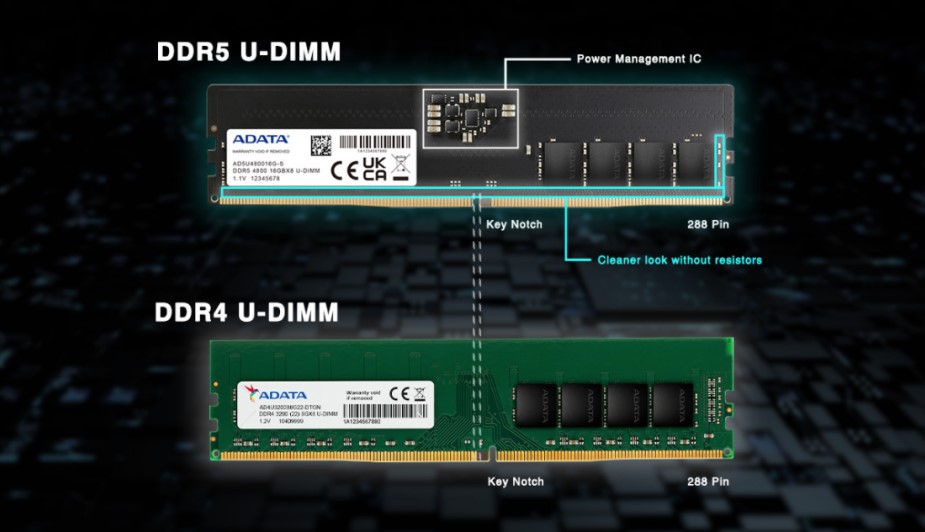
7. Potential Drawbacks of Upgrading to DDR5
While there are many compelling reasons to upgrade your motherboard for DDR5, there are also potential drawbacks to consider.
Early Adoption Issues
As with any new technology, early adoption can come with challenges. DDR5 is still relatively new, and while it has matured since its launch, some users might still encounter compatibility or stability issues, particularly with less established motherboard manufacturers.
If you’re risk-averse or prefer a more mature and stable platform, you might want to wait until DDR5 becomes more widespread before making the switch.
Supply Chain and Availability Issues
The global supply chain has faced significant disruptions in recent years, affecting the availability of high-tech components like DDR5 memory. While the situation has improved, certain high-end DDR5 modules may still be in short supply or priced higher than expected due to demand.
Before deciding to upgrade your motherboard, it’s worth checking the availability and pricing of DDR5 memory to ensure that it fits within your budget.
Compatibility with Older Systems
If you’re upgrading an existing system, it’s important to note that DDR5 is not compatible with older motherboards and CPUs. This means that if you decide to switch to DDR5, you’ll likely need to replace multiple components, including the motherboard and possibly the CPU.
This can make the upgrade more expensive and time-consuming, so it’s essential to weigh the costs and benefits carefully before deciding to upgrade your motherboard.
8. Conclusion: Should You Upgrade to DDR5 in 2024?
The decision to upgrade your motherboard for DDR5 in 2024 depends on a variety of factors, including your specific needs, budget, and long-term goals. While DDR5 offers clear advantages in terms of performance, efficiency, and future-proofing, the upgrade may not be necessary for everyone.
For gamers and general users, DDR4 may still be sufficient, especially if cost is a concern. However, for content creators, professionals, and enthusiasts looking to maximize performance and future-proof their systems, DDR5 offers compelling benefits that make the upgrade worth considering.
Ultimately, the choice to upgrade your motherboard to support DDR5 will come down to your unique requirements and whether the potential performance gains justify the investment. As DDR5 continues to evolve and become more affordable, it will likely become the default choice for new builds in the coming years. But as of 2024, both DDR4 and DDR5 have their place, and understanding your specific needs will help you make the best decision for your next upgrade.

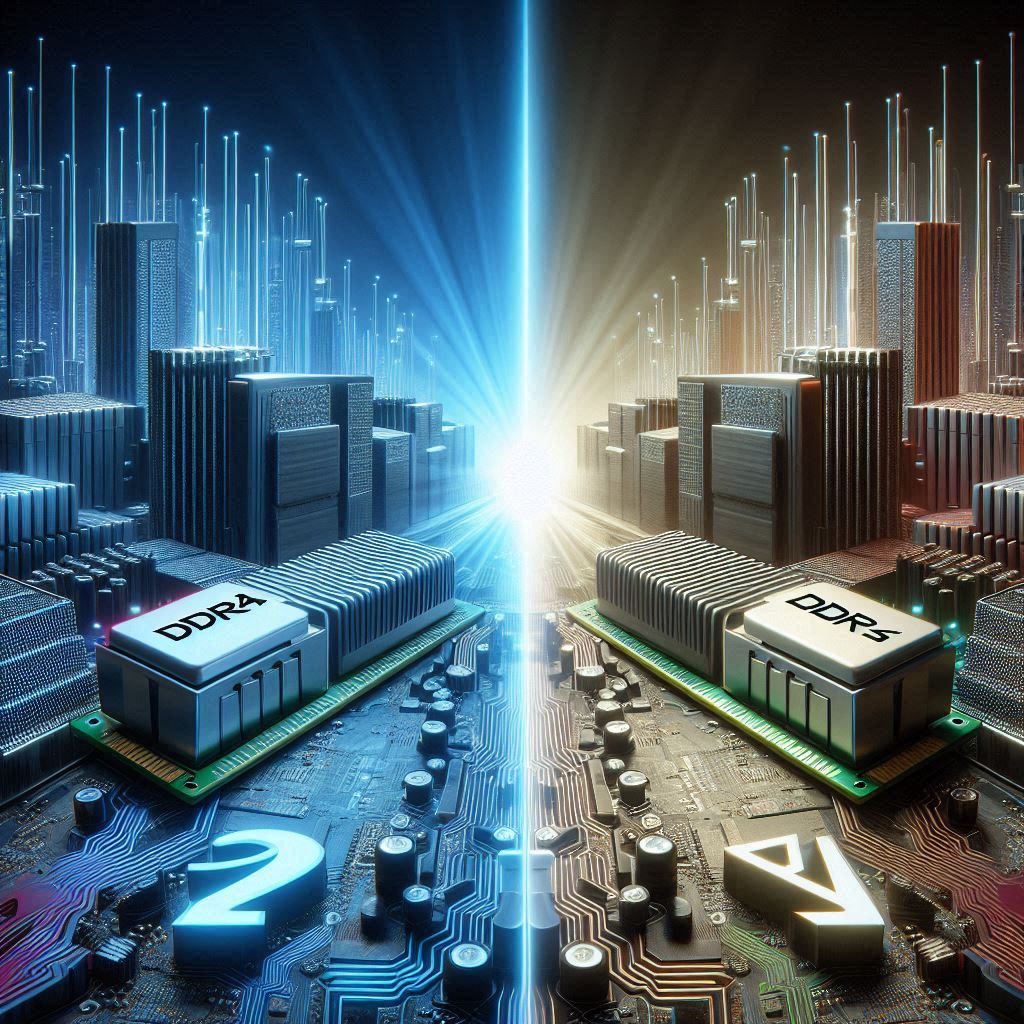

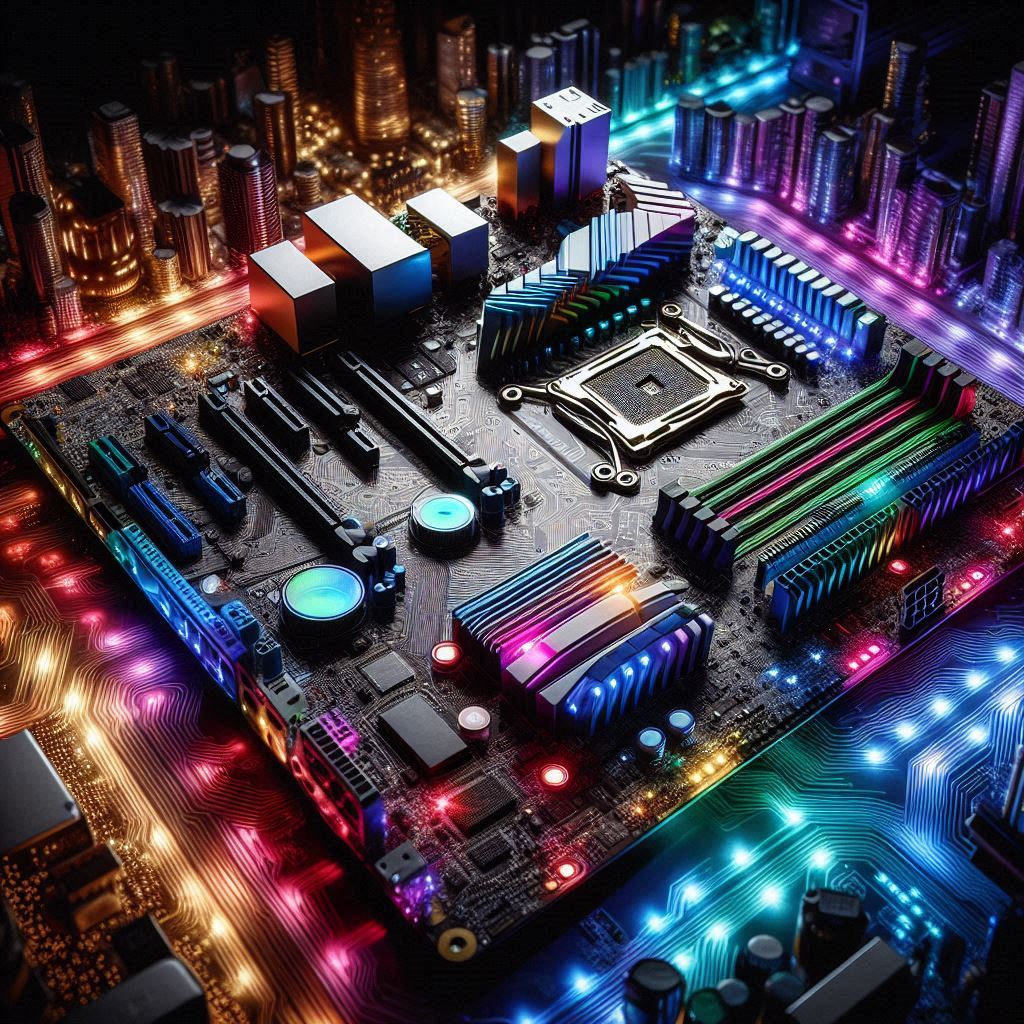
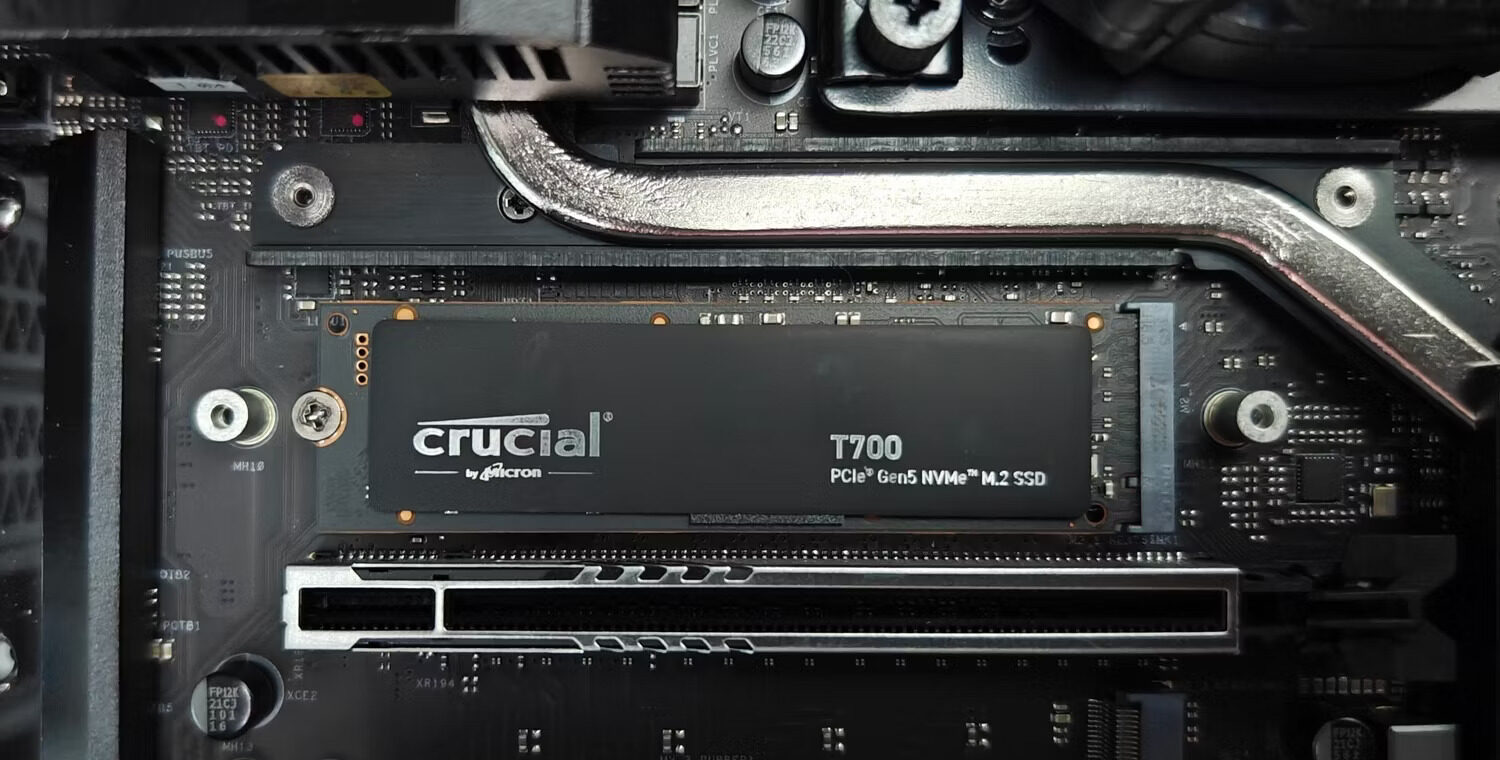
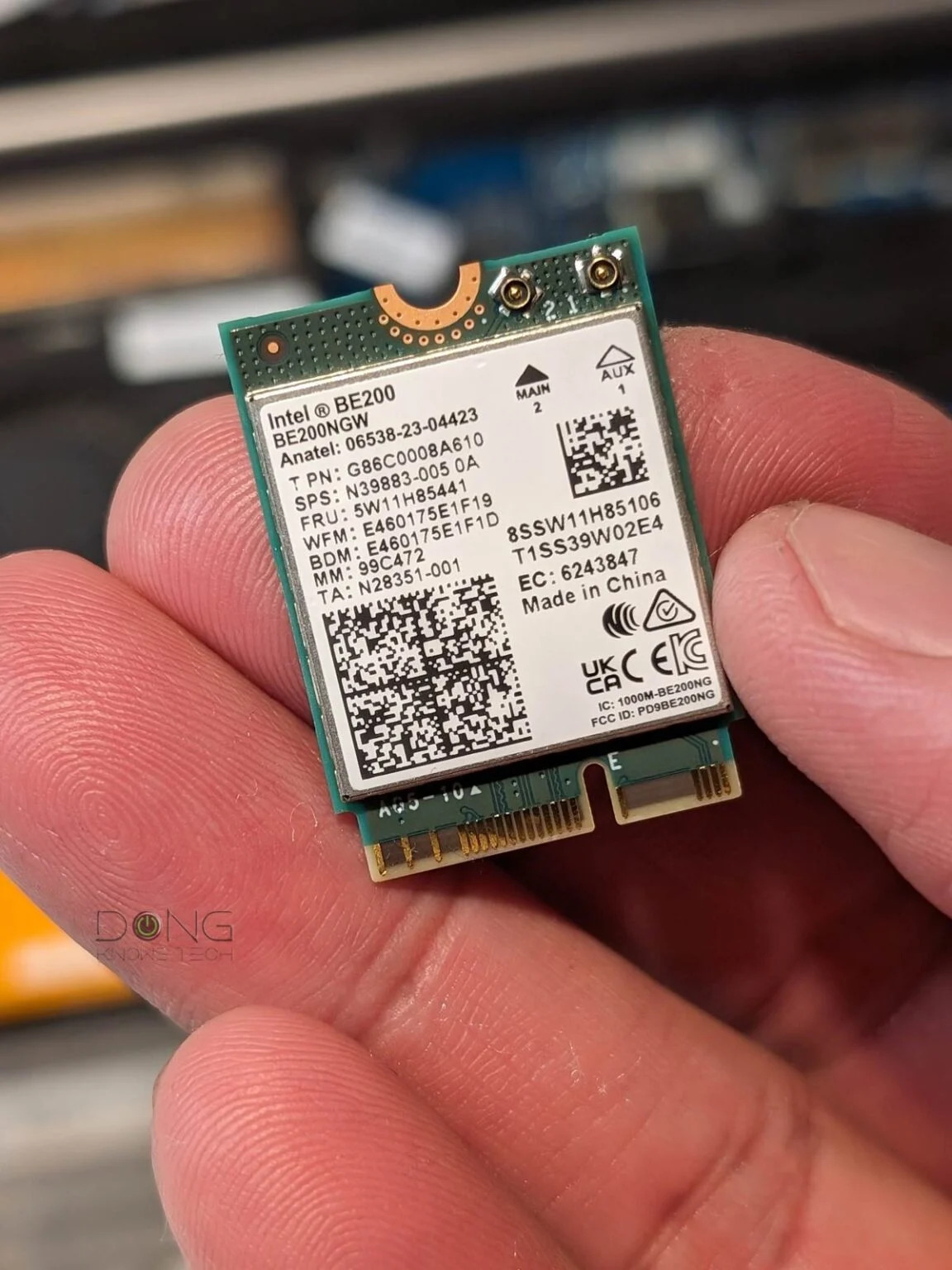
Great information shared.. really enjoyed reading this post thank you author for sharing this post .. appreciated
Thank you and welcome.
I just like the helpful information you provide in your articles
Very well presented. Every quote was awesome and thanks for sharing the content. Keep sharing and keep motivating others.
You’re so awesome! I don’t believe I have read a single thing like that before. So great to find someone with some original thoughts on this topic. Really.. thank you for starting this up. This website is something that is needed on the internet, someone with a little originality!
Awesome! Its genuinely remarkable post, I have got much clear idea regarding from this post